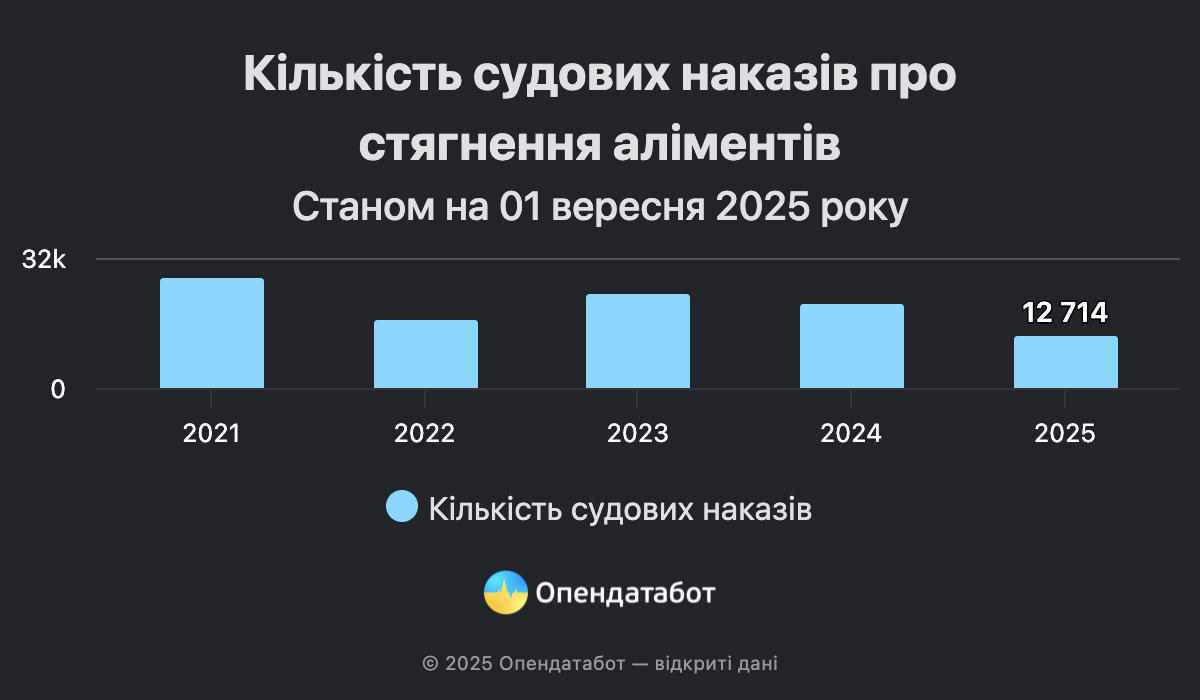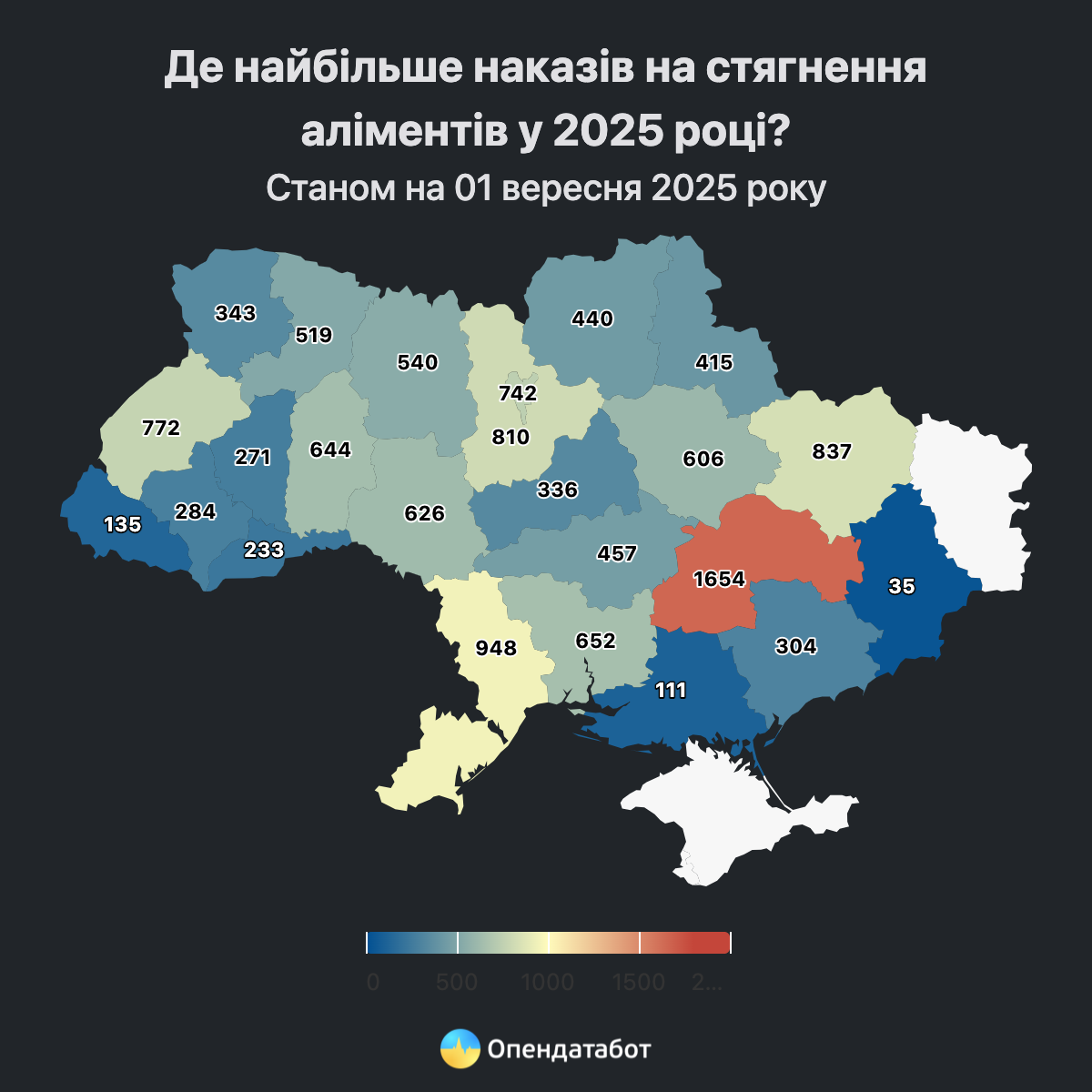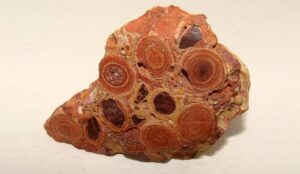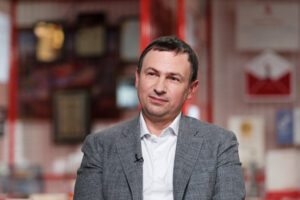
The international financial service NovaPay (TM NovaPay) has registered the issue of Series K bonds with a total nominal value of UAH 100 million and a maturity date of August 6, 2028, which is the third issue for institutional investors, according to a press release issued by the company on Thursday.
According to the press release, the issuer is again NovaPay’s subsidiary, NovaPay Credit LLC, with interest payments to be made quarterly at a nominal rate of 18% per annum.
The company recalled that it had already sold bonds of series “C” and “I” among institutional investors for UAH 190 million.
Prior to this, NovaPay issued nine series of bonds between 2023 and 2024, and in 2025, it issued the 10th series and has already announced the issue of the 12th series, series L, also with a total nominal value of UAH 100 million. However, securities of all series, except for three, are used for REPO operations as an alternative to bank deposits and are available for purchase in the NovaPay mobile application.
NovaPay was founded in 2001 as an international financial service, part of the Nova group (“Nova Poshta”), and provides online and offline financial services at Nova Poshta branches. According to the website, the company employs about 13,000 people in more than 3,600 Nova Poshta branches throughout Ukraine. According to the National Bank of Ukraine, the company accounts for about 35% of the total volume of domestic money transfers.
NovaPay was the first non-bank financial institution in Ukraine to receive an extended license from the NBU in 2023, which allowed it to open accounts and issue cards, and was also the first among non-banks to launch its own financial application with a wide range of financial services at the end of last year.
According to the prospectus, NovaPay Credit plans to increase its interest income to UAH 802.1 million this year and to UAH 1 billion 515.1 million next year, and to earn UAH 518.9 million and UAH 1 billion 30.6 million in net profit, respectively.
Last year, the company’s net profit grew to UAH 89.2 million from UAH 40.3 million a year earlier, with revenue growing to UAH 285.6 million from UAH 95.6 million.

At least 99 thousand orders for the recovery of alimony have been issued by Ukrainian courts over the past 5 years, according to the court registry search engine Babusya. A court order for the recovery of alimony is a simplified court decision (without long hearings) that allows you to officially collect alimony without spending years in court. Most of these orders were issued in 2021 – 27,251 orders. Thus, 12,714 orders were issued in 8 months of 2024. More than 13% of them were issued in Dnipropetrovska oblast this year.
The number of court orders for the recovery of alimony in Ukraine is gradually decreasing. 99,909 such decisions were issued by courts from 2021 to August 2025. The largest number of such decisions was recorded in 2021 – 27,251 orders. However, in 2024, their number decreased by a quarter to 20,504.
12,714 orders were issued by Ukrainian courts in the first 8 months of 2025. This is 6% less than in the same period last year and 28% less than in 2021.
“The main advantage of writ proceedings is their efficiency: you quickly receive a court decision, which is also an enforcement document – the law provides for 5 days for this, and you can submit it for execution. In contrast, a court hearing in a lawsuit may take from several weeks to several months. At the same time, the main disadvantage of this method of collecting alimony is that the amount of alimony in writ proceedings is strictly limited by law,” says Judge Petro Tyshkun.
This year, the most frequent cases of alimony enforcement are in Dnipropetrovska oblast: 1,654 decisions were issued there, which is 13% of the total number in the country. This is followed by Odesa region with 948 orders (8%), Kharkiv region with 837 (7%), Kyiv region with 810 (6%), and Lviv region with 772 (6%). Together, these five regions account for almost 40% of all court orders in Ukraine this year.
It is worth noting that we are talking about the number of orders issued, not about the execution and actual payment of money – that is, only those cases where the court has already issued a document that can be submitted to the executive service.
“An application for a court order is easier to prepare than a full-fledged lawsuit, and it saves the claimant’s time and resources. However, it is important to understand that the order cannot recover additional expenses for the child, but only half of the subsistence minimum for the child or a share of the income, and in a limited amount. If the child needs additional expenses, then in such cases you will still have to file a lawsuit,” notes Asters partner Talina Kravtsova.
It is worth reminding that more than 187 thousand child support debts are currently listed in the Unified Register of Debtors.
https://opendatabot.ua/analytics/aliments-in-court-2025



In January-August of this year, Ukraine increased its imports of aluminum ore and concentrate (bauxite) by 87.1% in physical terms compared to the same period last year, to 23,984 thousand tons.
According to statistics released by the State Customs Service (SCS), during this period, bauxite imports in monetary terms increased by 63.7% to $2.642 million.
At the same time, imports were mainly from Turkey (82.44% of supplies in monetary terms) and China (17.56%).
Ukraine did not re-export bauxite in 2025, as in 2024 and 2023.
As reported, in 2024, Ukraine increased its imports of bauxite in physical terms by 77.4% compared to 2023, to 35,173 thousand tons, and in monetary terms by 74%, to $4.107 million. Imports were mainly from Turkey (78.48% of supplies in monetary terms), China (19.48%), and Spain (1.9%).
In 2023, Ukraine imported 19,830 thousand tons of bauxite worth $2.360 million.
In 2022, Ukraine reduced imports of aluminum ores and concentrates (bauxite) in physical terms by 81.5% compared to the previous year, to 945,396 thousand tons. Bauxite imports in monetary terms decreased by 79.6% to $48.166 million. Imports were mainly from Guinea (58.90% of supplies in monetary terms), Brazil (27.19%), and Ghana (7.48%).
Bauxite is an aluminum ore used as a raw material for producing alumina, which is then used to produce aluminum. It is also used as a flux in ferrous metallurgy.
Bauxite is imported into Ukraine by the Mykolaiv Alumina Plant (MAP).

The number of employees aged 18-22 who have left Nova Poshta, Ukraine’s leading express delivery company, over the last 10 days after being granted permission to leave the country has reached 170, while 64 new employees have been hired, resulting in a net outflow of 106 employees, according to the company’s co-founder Volodymyr Poperechnyuk.
“This is not a significant problem for the company. After all, ten days is not enough for serious analysis – we will look at the results in a month or two. One thing is clear: competition for employees will increase. And that’s a good thing,” Poperechnyuk wrote on social network X, supporting the decision of the president and the government to open the border for 18-22-year-olds subject to military service.
He stressed that human resources are the most scarce in the economy, and this forces businesses to constantly raise salaries, improve conditions, and fight for every employee.
The co-owner of Nova Poshta added that restoring freedom of movement for men aged 18-22 is the right decision both for ethical reasons, since human freedom is a fundamental value, and for economic reasons, since freedom is always a guarantee of development.
“Yes, some young people will leave, especially those who are about to turn 23. But at the same time, it opens the door for thousands of young people to return to the country. Now, 18-22-year-olds will be able to freely cross the border in both directions. And most importantly, the outflow of 17-year-old boys will decrease. I think this was the key motivation for officials,” Poperechnyuk believes.
The article does not provide the total number of Nova Poshta employees aged 18-22, but in May 2025, the company informed the European Bank for Reconstruction and Development of its planned reduction of about 2,900 employees, which is less than 10% of the total number.
Forbes Ukraine recently reported that at Silpo, which employs about 3,000 people aged 18-22, the number of resignations has increased significantly but does not exceed 3%.

In January-August 2025, Ukrainian enterprises increased exports of ferrous metal scrap by 59.3% compared to the same period last year, from 177,654 thousand tons to 283,055 thousand tons.
According to statistics released by the State Customs Service (SCS), 34,713 thousand tons were exported in August, 44,842 thousand tons in July, a record 47,691 thousand tons in June, 28.6 thousand tons in May, 46,321 thousand tons in April, 39,908 thousand tons in March, 25,284 thousand tons in February, and 15,696 thousand tons in January.
In monetary terms, scrap exports in January-August increased by 49.7% to $85.400 million from $57.041 million.
During this period, scrap exports were formally carried out mainly to Poland (82.1% of shipments in monetary terms), Greece (6.48%), and Italy (4.37%).
In the first eight months of this year, Ukraine imported 34 tons of scrap worth $13,000 from Poland (53.85%), the Seychelles (30.77%), and the British Virgin Islands (7.69%).
As reported, due to the sharp increase in exports of strategic raw materials from Ukraine, the Ministry of Economy, Environment and Agriculture initiated the introduction of a licensing and quota regime for scrap exports with a zero quota. A public discussion of the draft resolution is currently underway. Its implementation is expected to contribute to the smooth operation of Ukraine’s metallurgical and foundry industries, as well as to stabilize the situation with regard to meeting the demand for scrap on the domestic market of Ukraine.
In 2024, Ukraine’s scrap collection companies increased their exports of ferrous metal scrap by 60.7% compared to 2023, from 182,465 thousand tons to 293,190 thousand tons. In monetary terms, scrap exports for the year increased by 73.2% to $91.311 million from $52.723 million.

The European Bank for Reconstruction and Development (EBRD) is providing a risk-sharing guarantee without upfront financing to Raiffeisen Bank to expand financing and provide new loans to Ukrainian businesses in the amount of EUR200 million. The relevant agreement was signed in London on September 9.
“The EBRD instrument will cover up to 50% of Raiffeisen Bank’s credit risk under new financing agreements for businesses operating in Ukraine. Under this mechanism, the bank will provide sub-loans to companies operating in critical sectors of the economy, such as agriculture, industrial production, pharmaceuticals, transport, and logistics,” the Ukrainian bank said in a press release on Wednesday.
According to the press release, this is already the fourth such risk-sharing agreement concluded by the EBRD with Raiffeisen Bank.
It is noted that 20% of the sub-loans covered by the EBRD guarantee will be provided to MSMEs for long-term investments in EU-compliant technologies and green technologies, strengthening the competitiveness of such enterprises in domestic and foreign markets.
Sub-borrowers who meet the conditions will also be able to receive EU-funded technical support and investment incentives, such as grants to complete their investment projects, under the EU4Business initiative. Larger incentives will be provided to businesses and households most affected by the war (e.g., those whose assets have been destroyed, damaged, or relocated), as well as to sub-borrowers that promote the reintegration of war veterans, people with special needs, internally displaced persons, and/or enterprises located in areas most severely affected by the war.
The EBRD guarantee will be supported by partial coverage of first-loss risk received from France and the EU under the Ukraine Investment Framework.
Since the start of the full-scale Russian-Ukrainian war, the EBRD has enabled more than EUR 3 billion in financing to Ukrainian borrowers through 37 similar instruments in partnership with 12 financial institutions.
Raiffeisen Bank is the largest privately owned bank in Ukraine and the fourth largest overall, with total assets of UAH 252.23 billion (6.5% of the system’s total assets) as of mid-year.
Raiffeisen Bank was founded in 1992. According to the financial institution, 68.21% of its shares are owned by Raiffeisen Bank International AG (RBI), 30% by the EBRD, and the remaining 1.79% by minority shareholders.